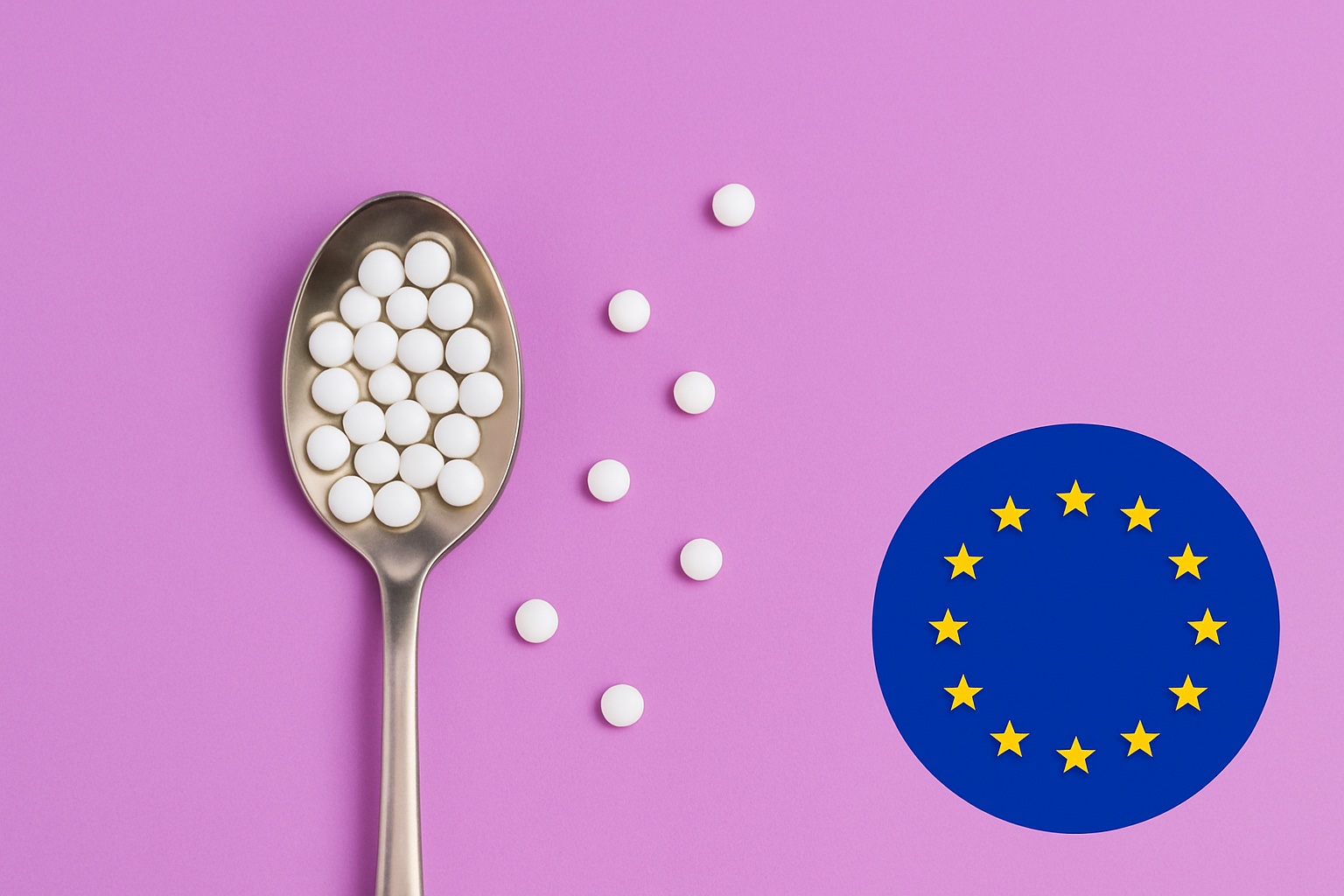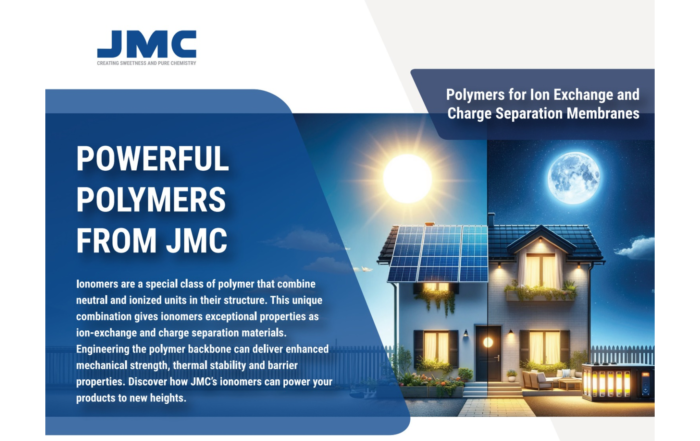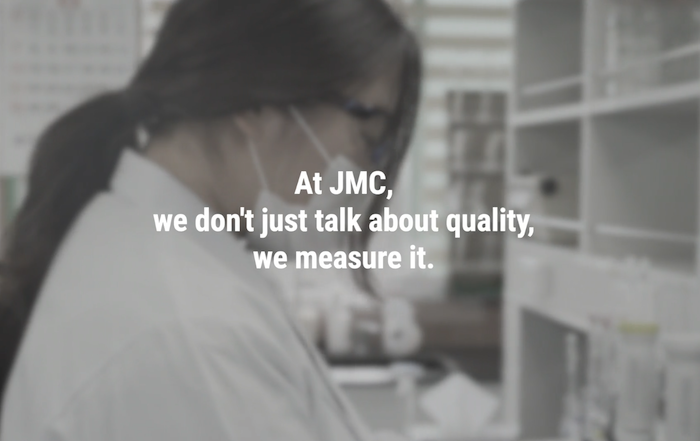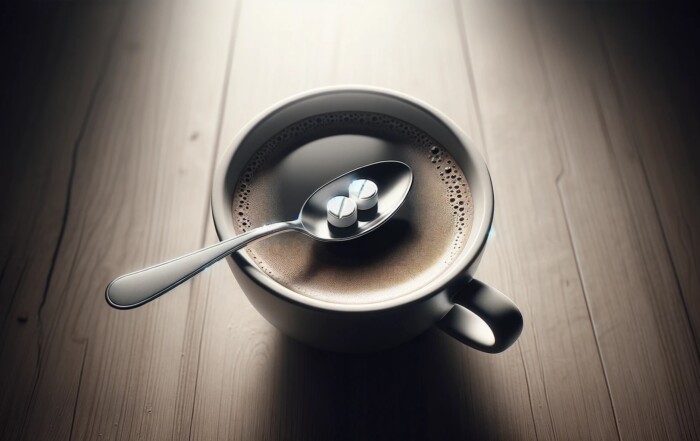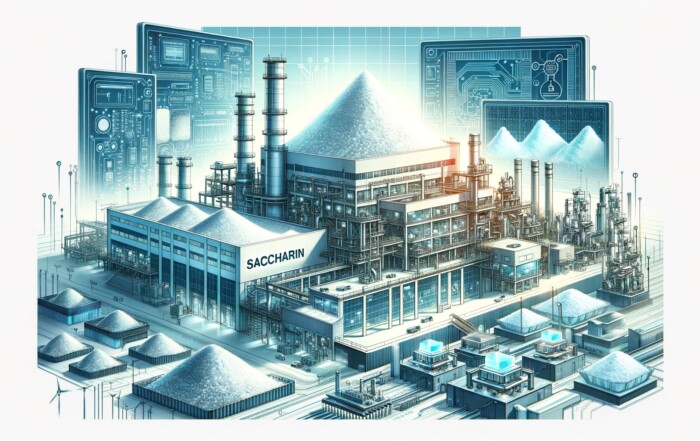Blog
Europe Confirms Saccharin’s Safety – and JMC’s Manufacturing Standard
Europe’s food regulator has reaffirmed the safety of saccharin as well as increasing the amount that can be safely consumed. The regulator also recommended a definition that restricts the manufacturing of saccharins to the Remsen-Fahlberg process—the original method developed in the 19th century and still used exclusively by JMC.
So what does this mean for you?
We’ve previously shared the news that in November 2024, the European Food Safety Authority (EFSA) confirmed saccharin’s safety for consumers (read the full update). Now, with the full findings published, there are new developments that matter to the food industry—and especially to those who rely on safe, high-quality sweeteners.
EFSA’s re-evaluation of saccharin (E 954) and its sodium, potassium and calcium salts was part of a wider initiative to reassess all food additives approved before 2009. The agency used a rigorous scientific process, reviewing data collected from industry and new research published between 1994 and 2024. Their conclusions are clear:
– The safe daily intake of saccharin has increased from previous limits to 9 mg per kg of body weight per day. This reflects a modern scientific understanding that earlier concerns—based on animal studies—don’t apply to humans.
– No safety concerns were found for any population group, including high consumers.
– Importantly, EFSA has recommended that EU specifications define saccharin by its original manufacturing method—the Remsen-Fahlberg process—ensuring a high level of consistency and purity.
JMC proudly remains the only, major saccharin producer in the world to manufacture using the Remsen-Fahlberg process, which is known for producing saccharin of exceptional quality and reliability. This manufacturing heritage—combined with a commitment to modern safety and environmental standards—sets our saccharin apart.
In addition to endorsing the process JMC uses, EFSA also recommended tighter controls on impurities such as lead and arsenic, and clarified chemical specifications to ensure purity across the market. These changes signal a push toward higher standards for sweeteners used in food and beverages throughout Europe.
At JMC, we see this as more than just regulatory news. It’s confirmation of what we’ve stood for all along: a commitment to making saccharin the right way, with the highest standards in quality, safety and consistency.
When combined with the fact that we manufacture our saccharin in Korea; the safe, reliable supply of the world’s highest quality saccharin is what JMC offers.
Previous Posts
Sweet Success: How JMC’s Commitment to Sustainability Earns Global Recognition
JMC has again achieved Bronze medal status in an EcoVadis assessment of our sustainability strategy and practices. This is a strong validation of our efforts to sustainably make the world's highest quality saccharin. JMC [...]
The Potential of Powerful Polymers
Clean energy generation and storage are areas of intense interest as the world targets reductions in carbon emissions. At the heart of these technologies are polymer membranes that separate and transport the ions and [...]
Beyond Quality: How JMC’s Analytical Chemistry Elevates Our Chemical Solutions
At JMC, we are not just committed to producing high-quality chemical products; we are devoted to proving it through rigorous analytical testing. As a leading chemical company specializing in sulfur-based products like [...]
Sweeteners, what’s the difference?
In today's world, where health consciousness and dietary choices take center stage, the quest for the perfect sweetener has become more relevant than ever. Sweeteners, especially artificial ones, are integral to countless diets and [...]
Welcome to the JMC Blog: Exploring the World of Saccharin and other Fine Chemicals
JMC develops and manufactures saccharin and other fine chemicals for customers around the world. In this blog we plan to share stories and insights into the businesses and industries we work with. Hello and [...]


